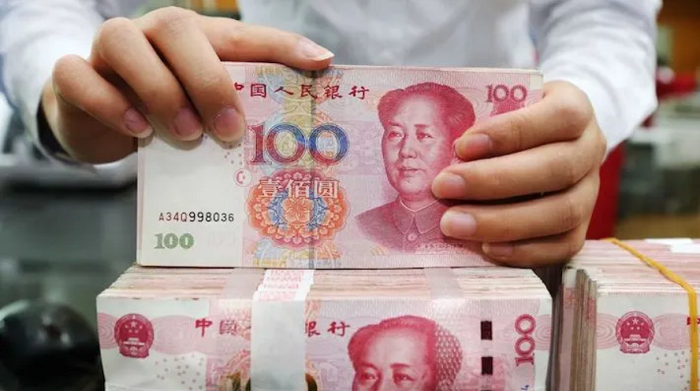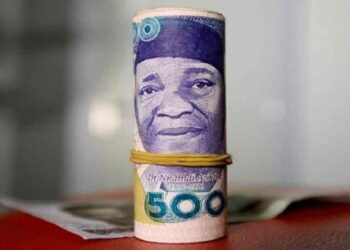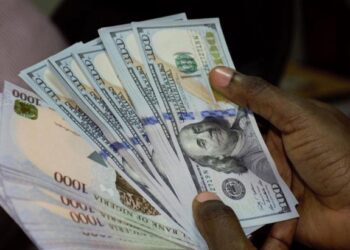Russia held nearly a third of the world’s renminbi (Yuan) in reserves by December 2021 amid the decline of the dollar’s share of global foreign-exchange reserves.
This was disclosed by the International Monetary Fund in a blog post titled, “Dollar Dominance and the Rise of Nontraditional Reserve Currencies”.
The IMF indicated that central banks aren’t holding the greenback in their reserves to the extent that they once did.
What the IMF is saying
- The IMF said, “The dollar’s share of global foreign-exchange reserves fell below 59 percent in the final quarter of last year, extending a two-decade decline, according to the IMF’s Currency Composition of Official Foreign Exchange Reserves data.”
- The Bank of Israel recently presented a new strategy for its more than $200 billion in reserves, demonstrating the broader shift in the composition of foreign exchange reserves, according to the IMF. It will cut the share of US dollars in the portfolio starting this year and enhance allocations to the Australian dollar, Canadian dollar, Chinese yuan, and Japanese yen.
- The IMF also noted that the decline in the US dollar’s reserve hasn’t been matched by rises in the euro, yen, and pound’s share of the global reserve currency market.
- IMF added that “an update of data referenced in the working paper shows that, as of the end of last year, a single country—Russia—held nearly a third of the world’s renminbi reserves.”
- A more reasonable argument, according to the Washington-based lender, is that these nontraditional reserve currencies are issued by countries with open capital accounts and a history of good and stable policies.
- The bank added that “Important attributes of reserve currency issuers include not just economic weight and financial depth, but also transparent and predictable policies. In other words, the stability of the economy and policy decisions matter for international acceptance.”






















